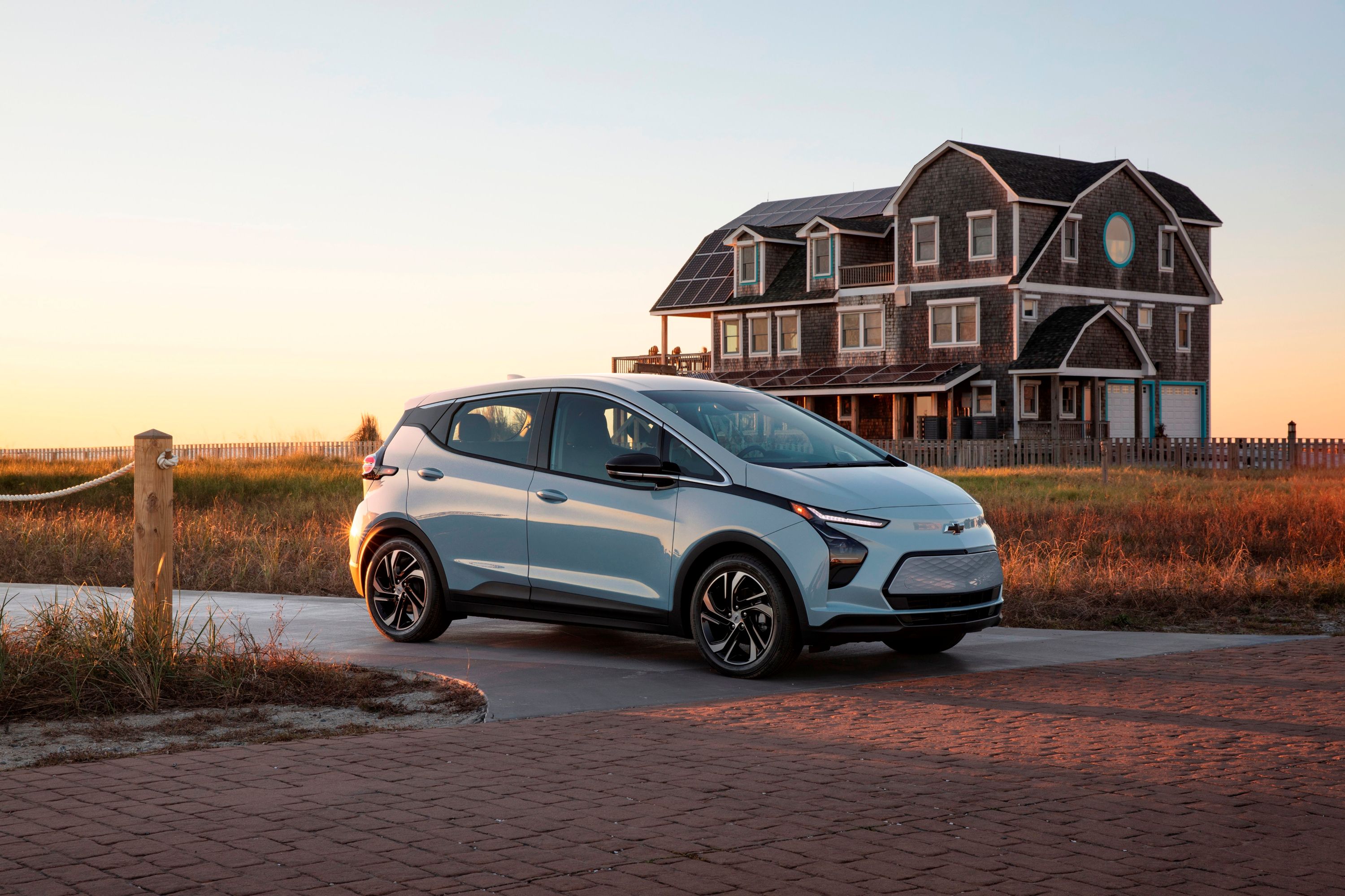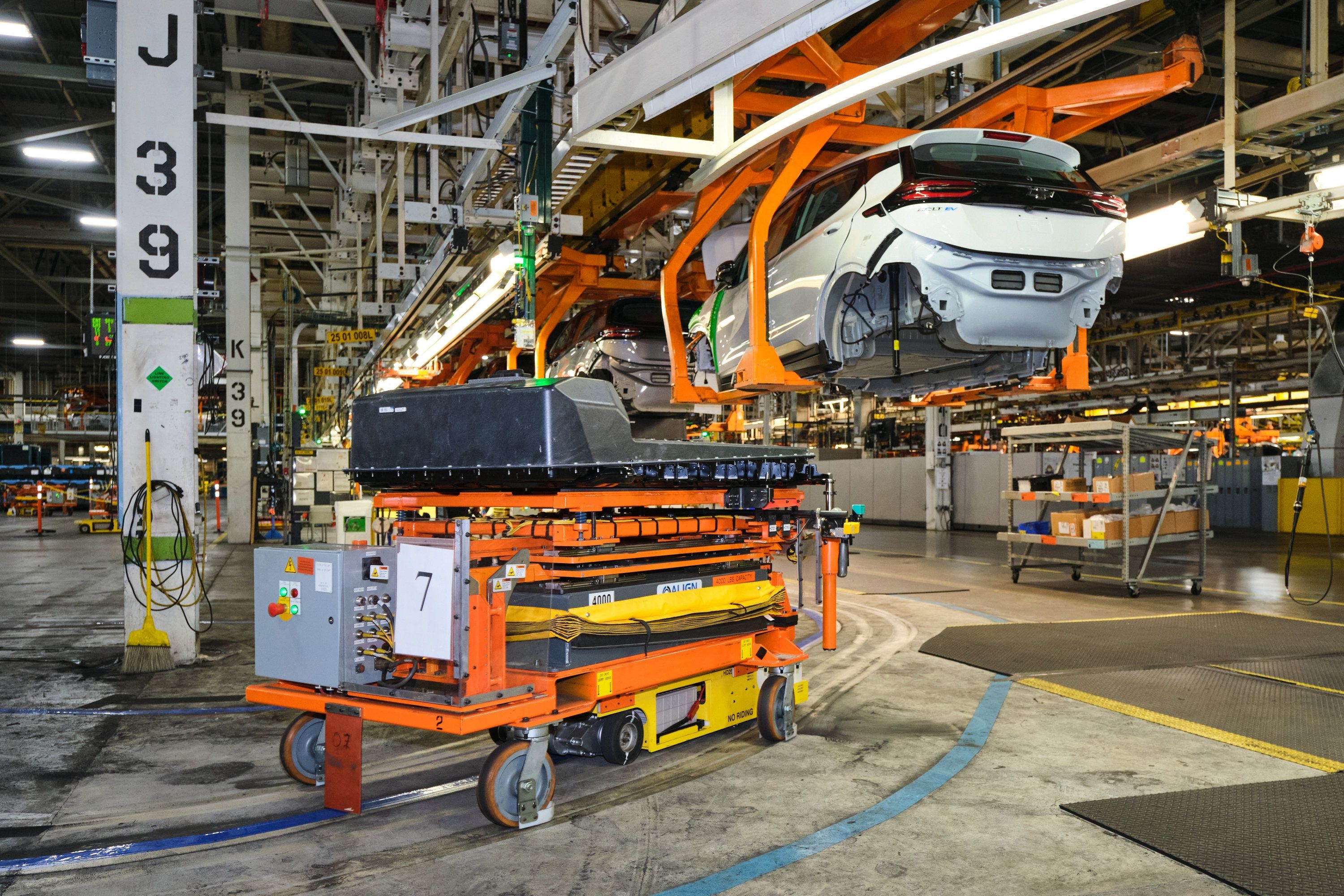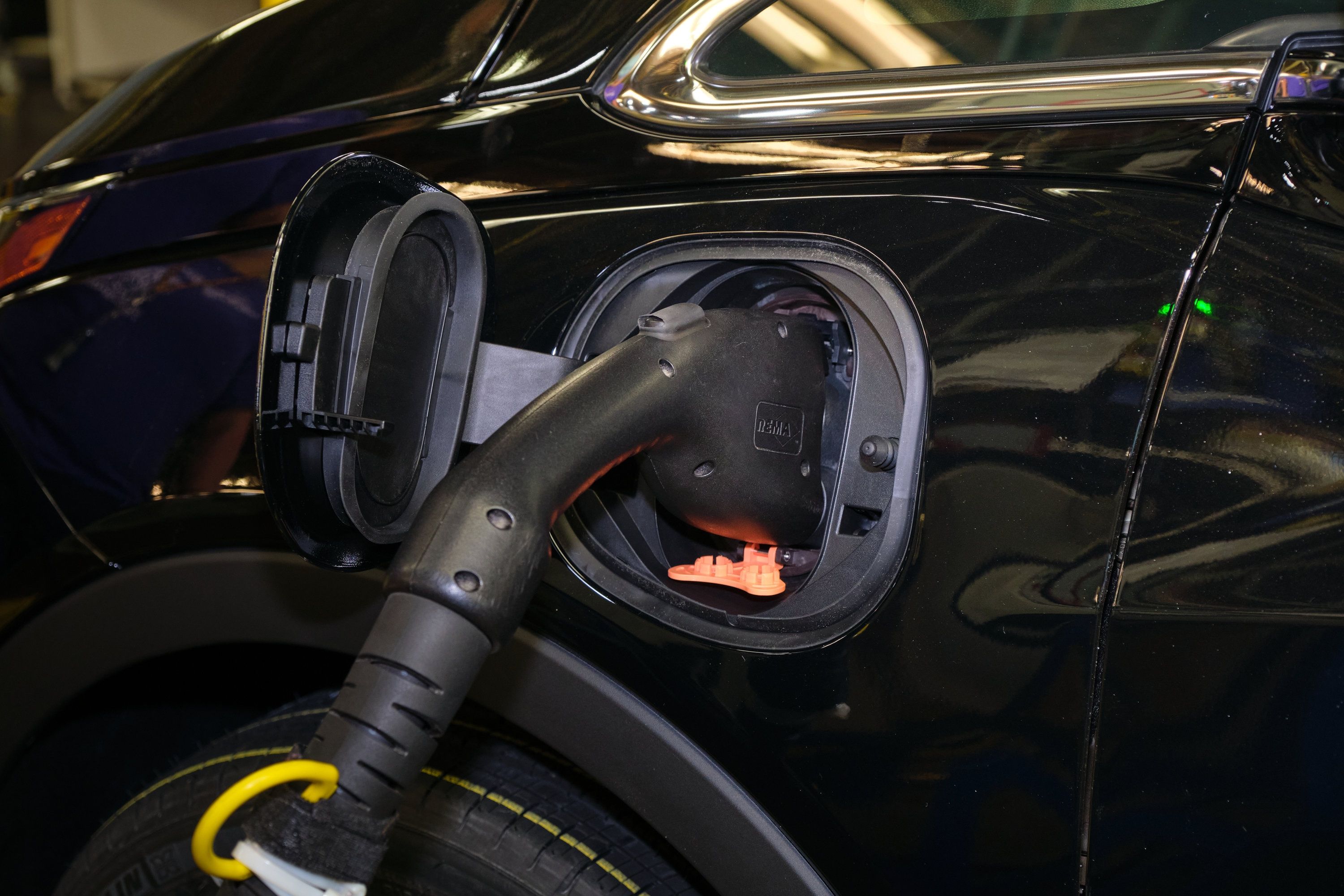
General Motors recently announced a new partnership with battery manufacturer, Microvast. The two will work together to develop specialized EV battery separator technology and build a new separator plant in the US.
The money for this $200 million project will be supplied via a grant from the US Department of Energy's Battery Materials Processing and Battery Manufacturing initiative. It's expected to create hundreds of new jobs, though the plant's location has yet to be announced. GM has also been selected as the only automotive manufacturer in the Battery500 Consortium. It will also receive an additional $75 million for second-phase battery research, also from the government.
Separators are safety-critical EV battery components that separate the anode from the cathode, allowing for ion transfer. GM will bring its current separator and coating technology to the table. The collaboration between the two companies will hopefully result in new separator technology that can help improve EV safety, charging, and battery life.
The new separator technology will enhance the thermal stability of EV batteries, which has been a contentious issue following several high-profile EV fires. GM has been at the receiving end of a fire scandal, even though the Chevrolet Bolt batteries were supplied by a third party.
The separator will be designed to work with all sorts of lithium-ion cells, including graphite, silicon, and lithium-metal anodes and nickel-rich, cobalt-free, lithium-iron phosphate-type, and high-voltage cathodes.
"This collaboration with Microvast supports our ongoing efforts to develop a North American-focused EV supply chain and help put everyone in an EV," said Kent Helfrich, GM chief technology officer and vice president of research and development. "It will also provide us with pioneering separator technology that can be used in future Ultium batteries and, most importantly, supports our continuing commitment to safety."
"We expect the safety advantages of our innovative, highly thermally stable polyaramid separators to transform high-energy lithium-ion battery development and drive significant value for the industry," said Dr. Wenjuan Mattis, chief technology officer at Microvast.
GM and Microvast aren't the only companies working on new separator technology. Two separate entities came up with a shockingly similar solution, hidden underneath the ocean. The University of Maryland's Center for Materials Innovation suggests using the exoskeletons of crustaceans (crabs) as source material for separators as it's less corrosive and flammable than the chemicals currently used.
A Ph.D. student at the Bristol Composites Institute published a paper suggesting that seaweed could be used for the same purpose. We're pretty sure GM and Microvast will be studying the findings in these papers carefully to see whether either provide a viable solution.


